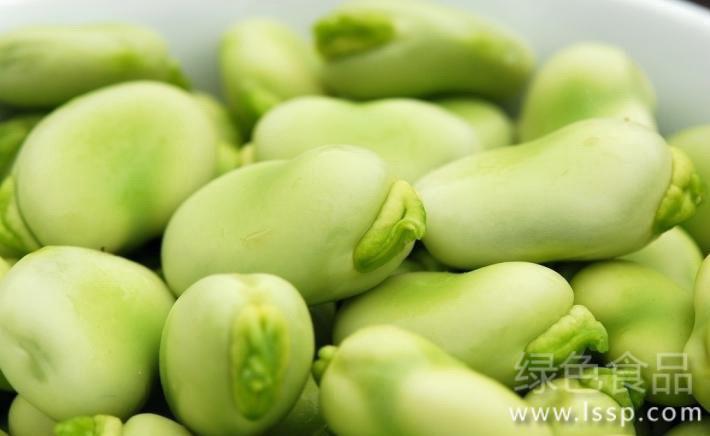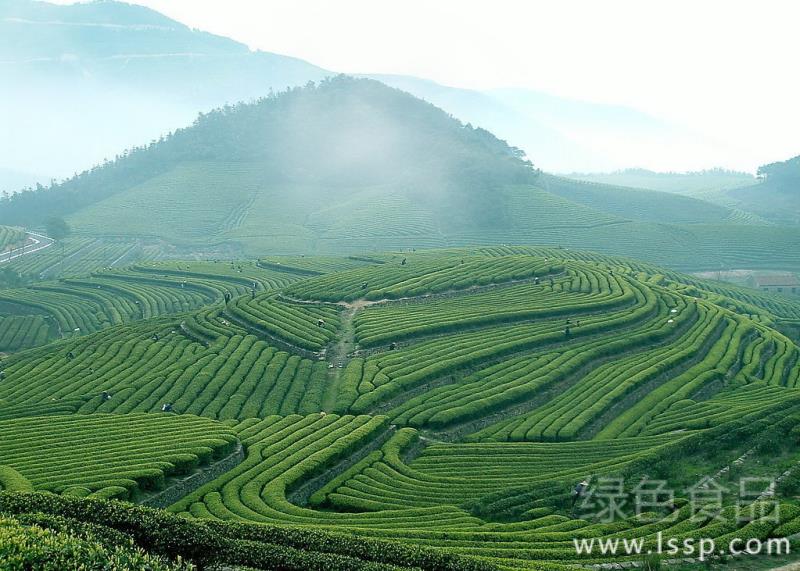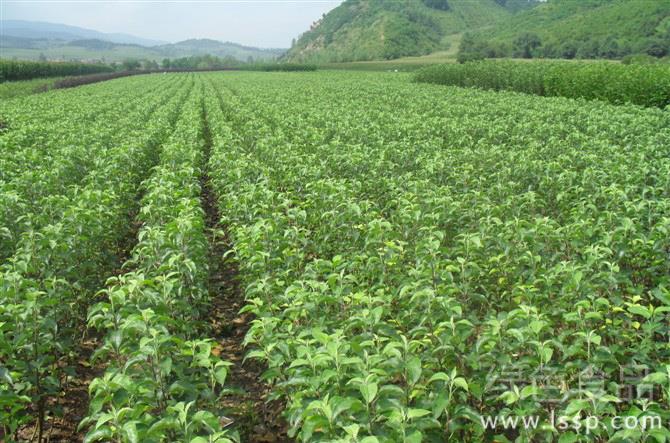High-yield cultivation techniques of vegetable broad bean in spring

Broad bean
Broad bean is rich in nutrition and contains important components such as calcium, zinc, manganese, phospholipids and rich cholelithione, which regulate the brain and nerve tissue. The calcium in broad bean is beneficial to the absorption and calcification of calcium by bones and can promote the growth and development of human bones. Broad bean is also rich in protein and vitamins, modern people also believe that broad bean also has anti-cancer effect, can prevent bowel cancer.
Broad bean is a delicious spring vegetable. Green broad bean is liked by more and more people. As a vegetable, green broad bean enters the basket more and more, which greatly enriches people's dining table. Because of the broad prospect of broad bean as a fresh vegetable, the planting area of broad bean has increased compared with previous years, and the requirements of cultivation and management of broad bean are higher and higher, at the request of the majority of growers. The cultivation techniques of high yield and high quality of broad bean are arranged as follows:
First, soil preparation and fertilization.
The root of broad bean is deep in the soil and the root system expands widely. in order to achieve high yield, deep ploughing should be carried out, which generally requires ploughing depth above 20cm, soil moisture after ploughing, ridging, fine digging and leveling. Soil moisture wide 200cm-250cm, ditch depth 18-20cm. Ridge cultivation is carried out in the fields with higher groundwater level, with ridge width 80cm-100cm, ditch depth 25cm-30cm, gully width 40cm, which requires that the channels are connected, can be irrigated and drained quickly, and the rotten species of stagnant water can be prevented. Before the cultivated land, the mature organic fertilizer 2500kg-3000kg should be applied per mu, and the common calcium 30-40kg, potassium sulfate 10kg and urea 3-5kg should be evenly spread on the farm manure and then deeply ploughed for 25-30cm.
Second, select improved varieties and selected seeds.
Improved varieties are the internal cause of increasing production, and the selection of improved varieties according to local conditions is the basis for achieving high and stable yield. Our town mainly grows a series of varieties of Phoenix beans, as well as Kunming big white beans and so on. The seeds should be carefully selected before sowing. After the seeds are selected, the seeds should be dried for 3 days before sowing, and the seeds should be mixed with 2/1000 ammonium molybdate or boric acid.
Third, sow seeds at the right time, protect the whole seedling, promote strong seedlings, and avoid the harm of heavy frost.
The sowing of vegetable broad bean in our town should be completed before the first ten days of November, and the best sowing time is October 25-30. Early sowing is easy to suffer frost injury at flowering stage, and too late sowing will affect the yield due to lack of vegetative growth.
Fourth, reasonable close planting and good adjustment of group structure.
The population size of broad bean is greatly affected by varieties, cultivation conditions and climatic factors, such as general row spacing (4x4), basic seedlings 2.3-28000 seedlings, effective stems and branches 4-45000 branches. The amount of seed used per mu is 45 tons and 50 jin.
Fifth, strengthen field management and timely pruning to prevent diseases.
1. Irrigation.
During the whole growth period of broad bean, the budding and flowering water, flowering water, pod water and filling water should be irrigated in time according to the soil water content. (that is, irrigation with Sanshui).
2. Pruning in time.
In the middle and last ten days of February, the main branches were removed when there were two branches at the base of broad bean, and soil pressure was used in time to promote the separation of lateral branches, which was beneficial to ventilation and light transmission, and promoted flowering and pod formation. After that, the diseased weak branches, frozen decapitated branches and senescent branches were gradually removed, and the leaves were beaten gradually from the basal leaves before and after Ching Ming Festival, and the bean tips were cut at the end of flowering to make the microclimate, humidity, temperature and light conditions of broad bean field better and more reasonable. at the same time, it is helpful to reduce nutrient consumption, concentrate nutrients to supply pod growth and increase 100-grain weight.
3. Timely prevention and control of diseases and insect pests.
Broad bean stem blight is mainly caused by broad bean stem blight and aphids. On the basis of seed exchange, crop rotation, phosphorus and potassium fertilizer application and healthy cultivation, Vicia faba stem blight is controlled by 72% agricultural streptomycin sulfate soluble powder or 4000 times solution of neophytomycin, 50% copper succinate wettable powder and 30% basic copper sulfate suspension. 77% of the wettable powder can be killed in 500 Mel 600 times liquid, the second time in 10 days, and 3 times in 2 Mel. Aphids are mainly controlled by insecticides, which can be sprayed with 2.5% permethrin 3000-4000 times.
(6) timely harvest.
It is required that the full pods should be harvested before the seeds are light and soft, and the navel has not yet turned black. at this time, the taste is young, tender, fresh and sweet, and it is most suitable for cooking.
- Prev

Key points of Management techniques for promoting High-yield Tea Garden in Autumn and Winter
Key points of Management techniques for promoting High-yield Tea Garden in Autumn and Winter
- Next

How to use "ditch Storage method" to properly store Fruit Tree seedlings
How to use "ditch Storage method" to properly store Fruit Tree seedlings
Related
- Fuxing push coffee new agricultural production and marketing class: lack of small-scale processing plants
- Jujube rice field leisure farm deep ploughing Yilan for five years to create a space for organic food and play
- Nongyu Farm-A trial of organic papaya for brave women with advanced technology
- Four points for attention in the prevention and control of diseases and insect pests of edible fungi
- How to add nutrient solution to Edible Fungi
- Is there any good way to control edible fungus mites?
- Open Inoculation Technology of Edible Fungi
- Is there any clever way to use fertilizer for edible fungus in winter?
- What agents are used to kill the pathogens of edible fungi in the mushroom shed?
- Rapid drying of Edible Fungi

